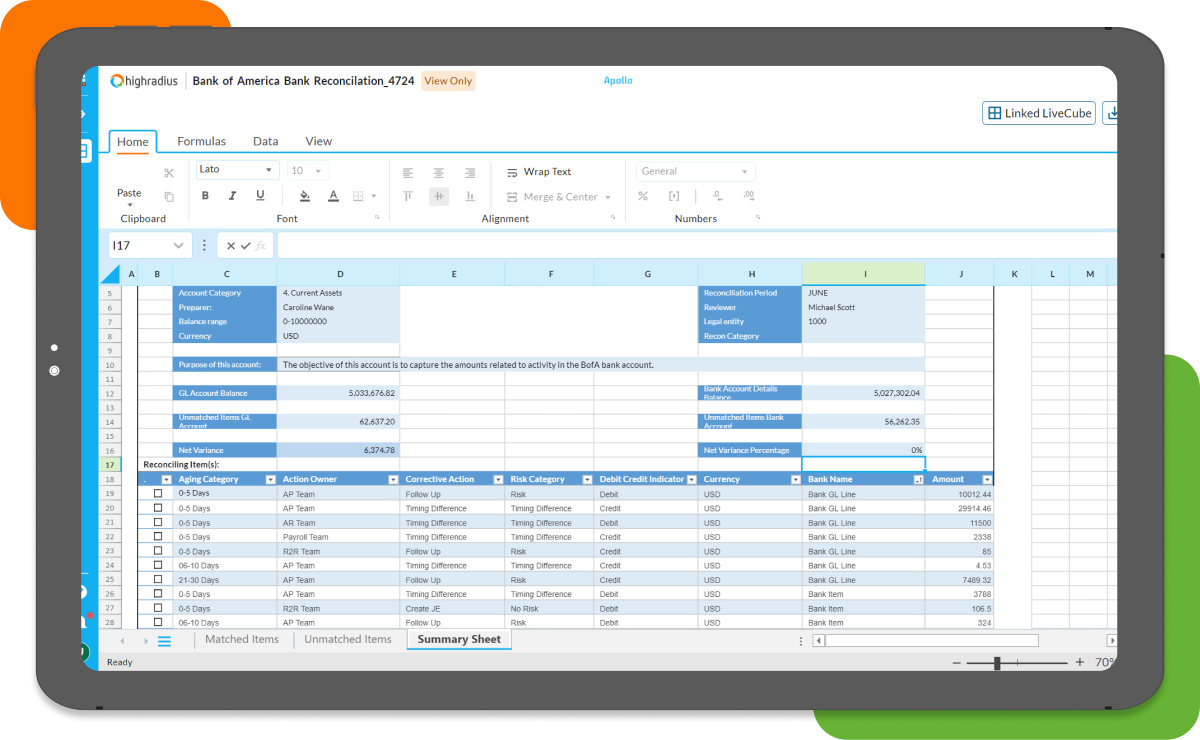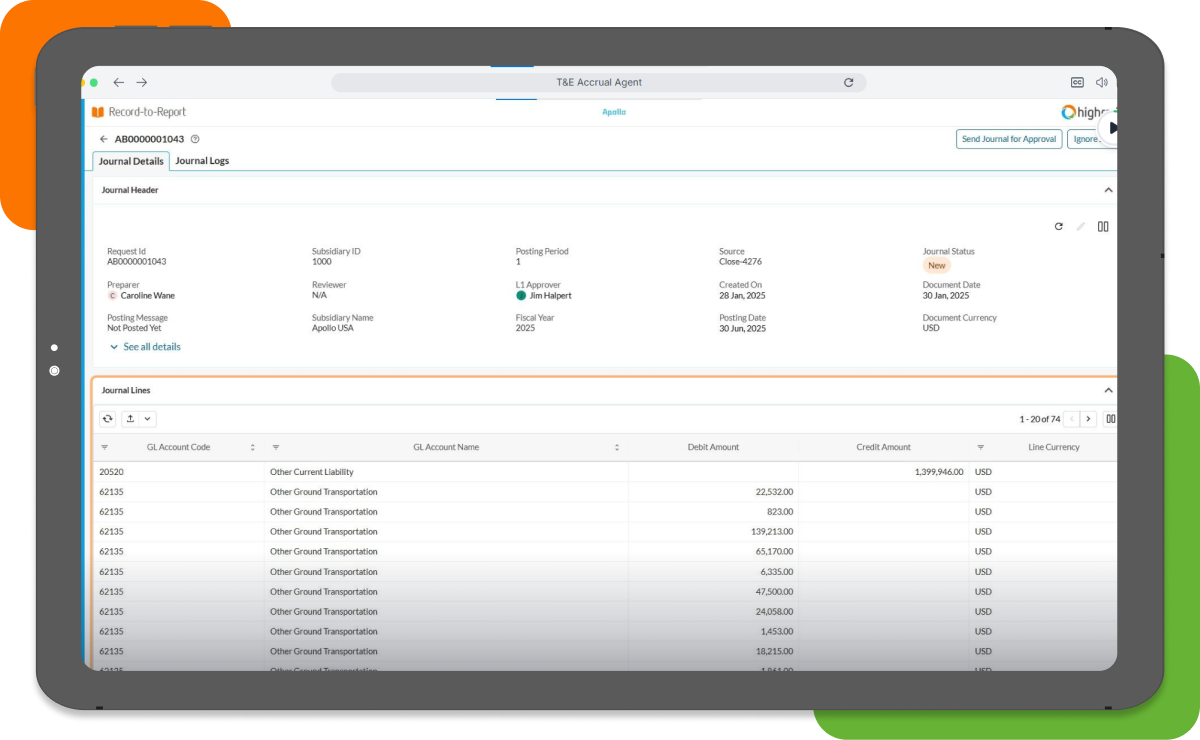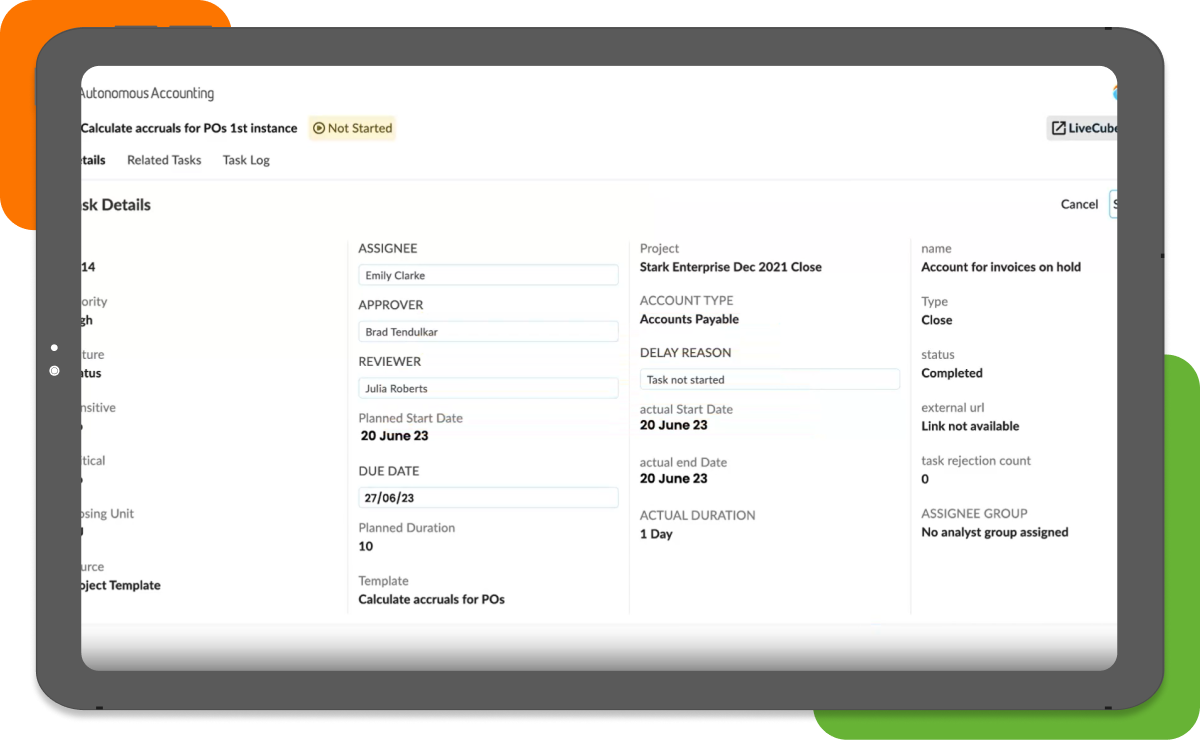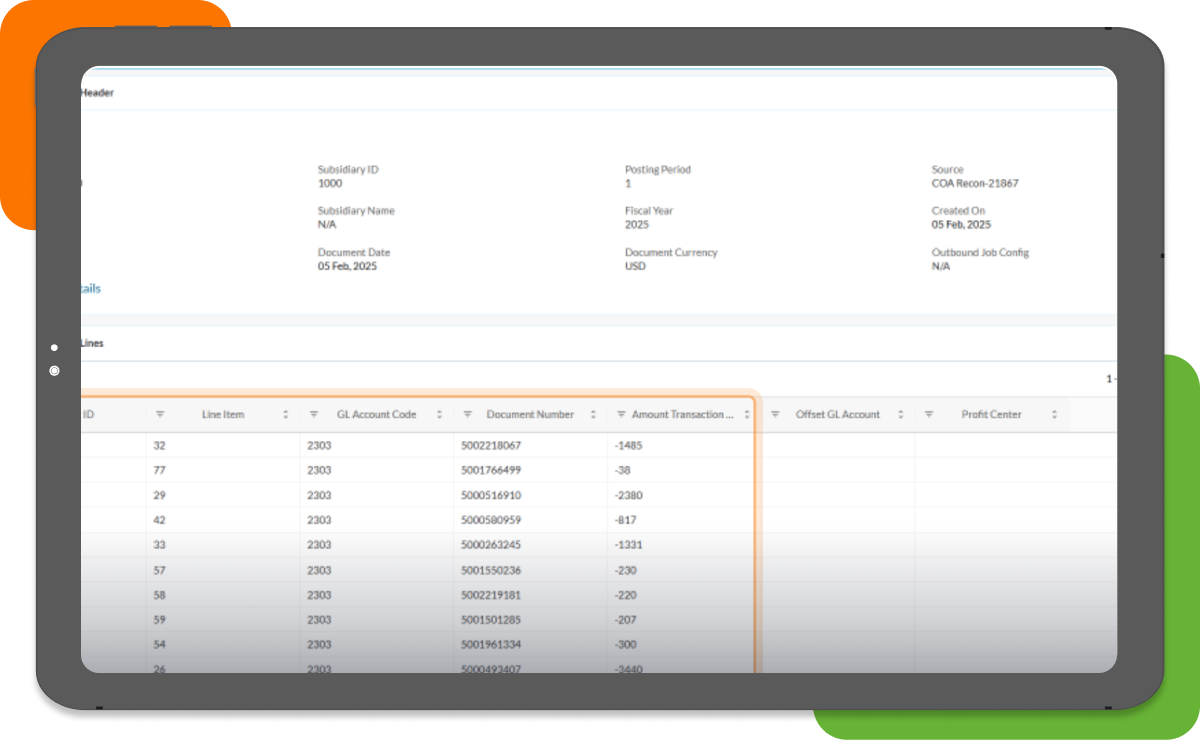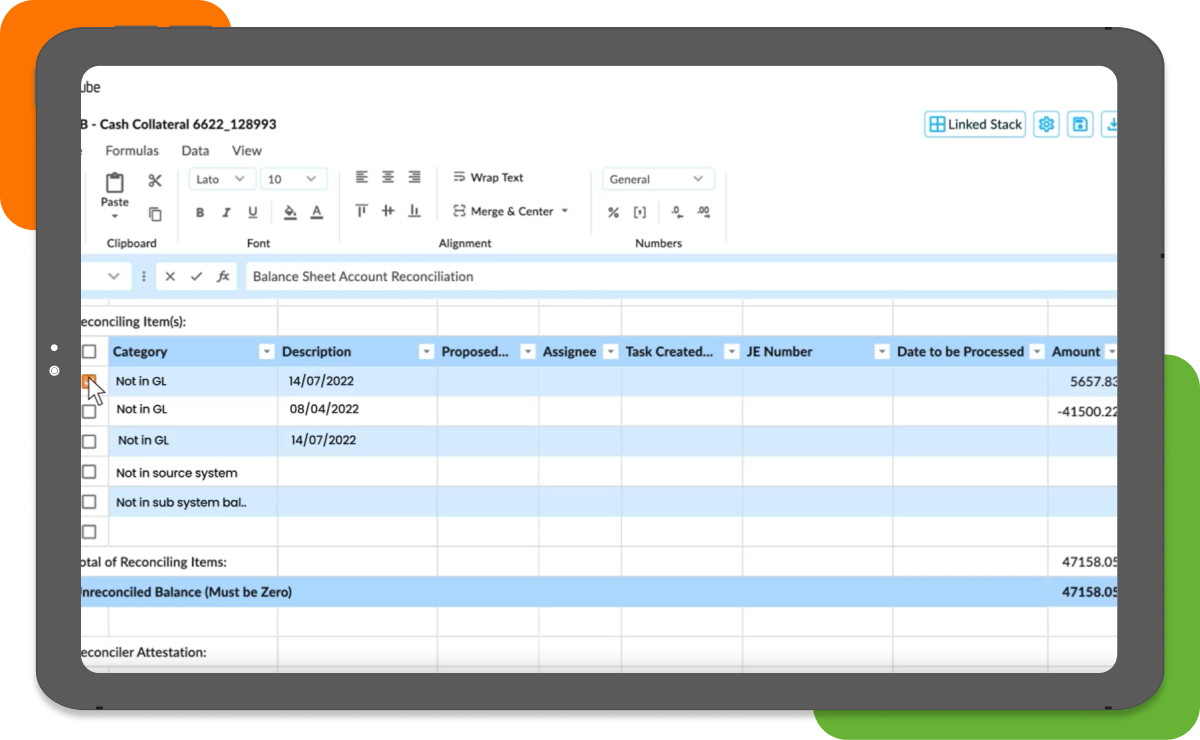Best Revenue Recognition Software For Seamless Sales Reconciliation
Automated Revenue Recognition → Simplified Compliance, Total Control
- 95% auto-matching complex, high-volume daily sales reconciliation
- 99% revenue recognition accuracy
- 70% improved revenue reconciliation productivity
- 30% reduction in days to reconcile revenue
Trusted by 1100+ Global Businesses
Realize 99% accurate revenue recognition
Just complete the form below


